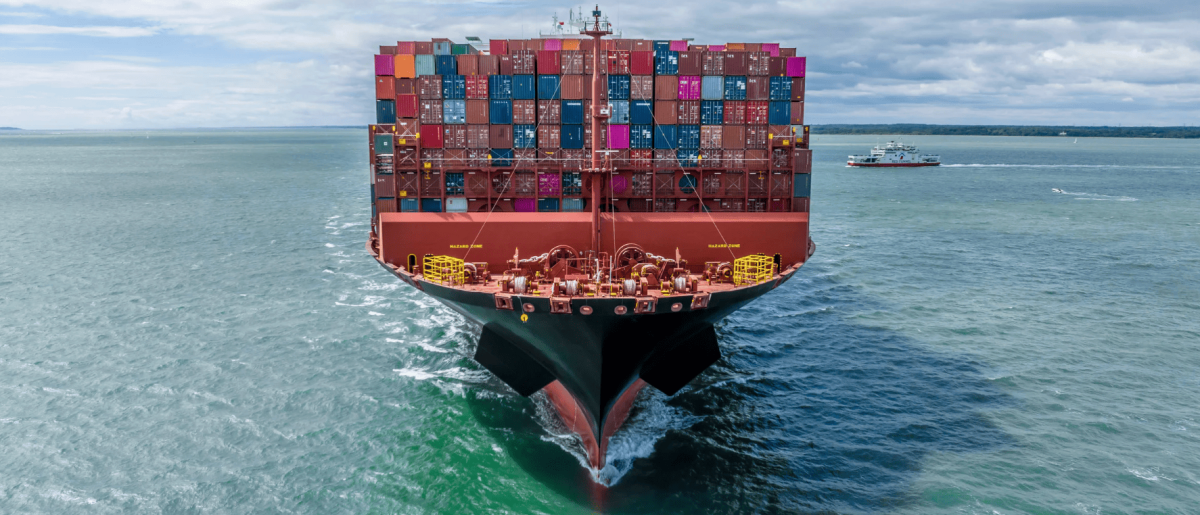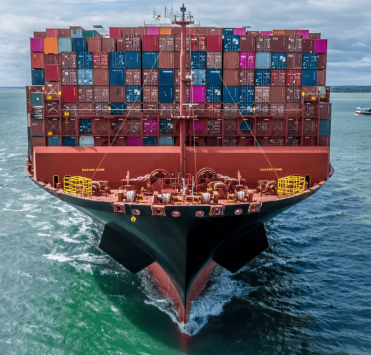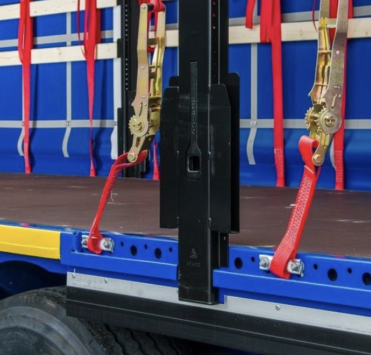What are ETA, ETD, ATD, and ATA in container transportation?

Time plays a crucial role in international freight transport. In maritime logistics, special abbreviations are used to monitor container delivery times: ETD, ETA, ATD, and ATA. These terms refer to the estimated and actual dates of departure and arrival of a vessel, which means they help those involved in the transport process to plan the entire process correctly, from loading to unloading.
What does ETD (time of departure) mean in maritime transport?
ETD (Estimated Time of Departure) is the estimated time of departure of the ship from the port of loading.
For exporters and importers, ETD is a benchmark for when international transportation will begin. For logistics companies, this date is used to calculate the route schedule and delivery times.
In practice, ETD is often adjusted depending on:
- the readiness of the cargo;
- the actual time of container loading;
- the readiness of the vessel for the voyage;
- weather conditions and queues at the port.
The meaning of the term ETA (estimated time of arrival) in container delivery
ETA (Estimated Time of Arrival) is the approximate time of arrival of a vessel. This indicator shows when the vessel is expected to arrive at the port of destination.
Example: if the shipper sees an ETA of October 15 at 14:00, this means that the container ship should arrive at the port of discharge at that time.
ETA is important because it allows you to:
- calculate the timing of international transportation;
- plan customs clearance;
- coordinate the delivery of the container by road after sea transportation.
What does ATD record in container transportation?
ATD (Actual Time of Departure) indicates the actual time of the vessel's departure from the port. Unlike ETD, this is not a plan, but an actual event.
Why is ATD needed:
- to confirm the start of international transportation;
- to verify deadlines;
- to calculate the actual time of arrival at the port of destination.
If the actual time differs significantly from the estimated time, the entire delivery chain changes, right up to the delivery of the container by road to the customer.
ATA — actual arrival of the container at the port
ATA (Actual Time of Arrival) means the actual time of arrival of the vessel at the port of destination.
ATA is the moment when the container is available for unloading, inspection, and customs procedures. This indicator is critical for the importer:
- storage fees are calculated based on ATA;
- the time for processing documents begins;
- it is possible to plan the pickup of the container from the terminal.
The main difference between ETA and ETD from ATA and ATD
- ETA and ETD are forecast dates that help plan transportation.
- ATA and ATD are actual dates confirming actual arrival and departure.
Thus, the first indicators are needed for forecasting, and the second — for analysis and control of the already completed stages of international transportation.
How does monitoring these indicators improve logistics?
The use of ETA, ETD, ATD, and ATA provides businesses with specific advantages:
- transparency of all stages of container transportation;
- the ability to respond quickly to delays;
- reduction of storage costs at the port;
- effective planning of multimodal delivery (sea + road + rail).
For example, if a ship leaves the port later than planned (ATD differs from ETD), the logistics company immediately informs the customer and changes the estimated ETA. This helps avoid unpleasant surprises when receiving cargo.
Conclusion: why is it important to know ETA, ETD, ATD, and ATA?
In container and sea transport, these terms are not just abbreviations, but a control tool. Companies that pay attention to the accuracy of these indicators gain a competitive advantage — after all, customers value timeliness, reliability, and clear delivery times for containers.









